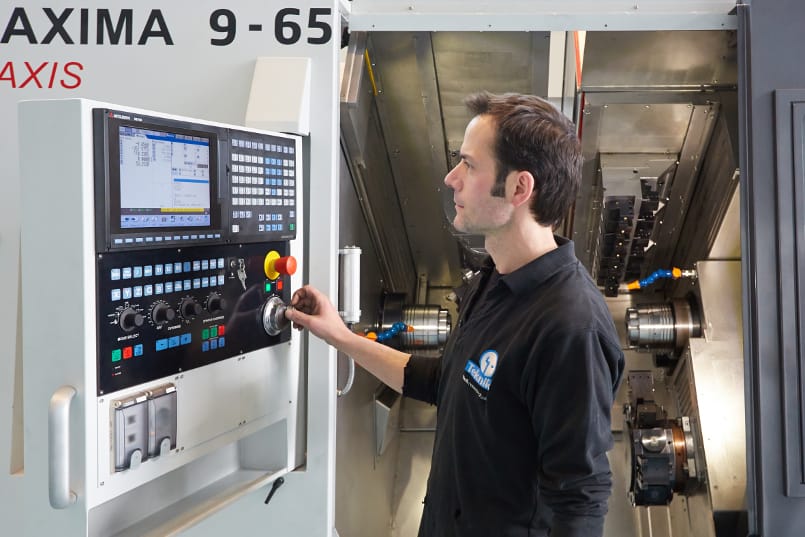Cyber-physical systems

A cyber-physical system integrates computing, storage and communication capacities, together with those of monitoring and/or control of objects in the physical world. The cyber-physical systems are usually connected with each other and, at the same time, connected to the virtual world of global digital networks.
The essential characteristics of the cyber-physical systems are:
- the capacity to relate with the physical objects for monitoring and/or control, and
- using available information from the virtual world, having, in certain cases, the capacity for learning and evolving.
Traditionally the engineering and development of a system and its use have been separated. But, in order to enhance the behaviour of a system, it is important to take into account the experience of the use thereof. This involves this experience of usage being recorded and analysed and, arising from this analysis, improving the modus operando. If this experience of usage is shared through a series of systems, the possibilities for learning are even greater.
Cyber-physical systems can be applied in multiple sectors such as manufacturing, energy, health, transport, smart cites, etc. They enable, for example, the development of a new generation of solutions for:
- the control of a machine tool or wind turbine for optimising performance
- the monitoring of the state of the machine or, in general, of a system, and the optimization of its strategy of operation and maintenance
- robots that collaborate, taking into consideration information in context and learning one from the other
- vehicles that communicate among them and with the road infrastructure in order to determine suitable speeds or routes
The technologies that TEKNIKER is researching are:
- Engineering of cyber-physical systems
- Methodologies of development and support tools for life cycles
- Architectures of reference, interoperability and communications
- Autonomy and adaptation
- Analytics and Big Data





